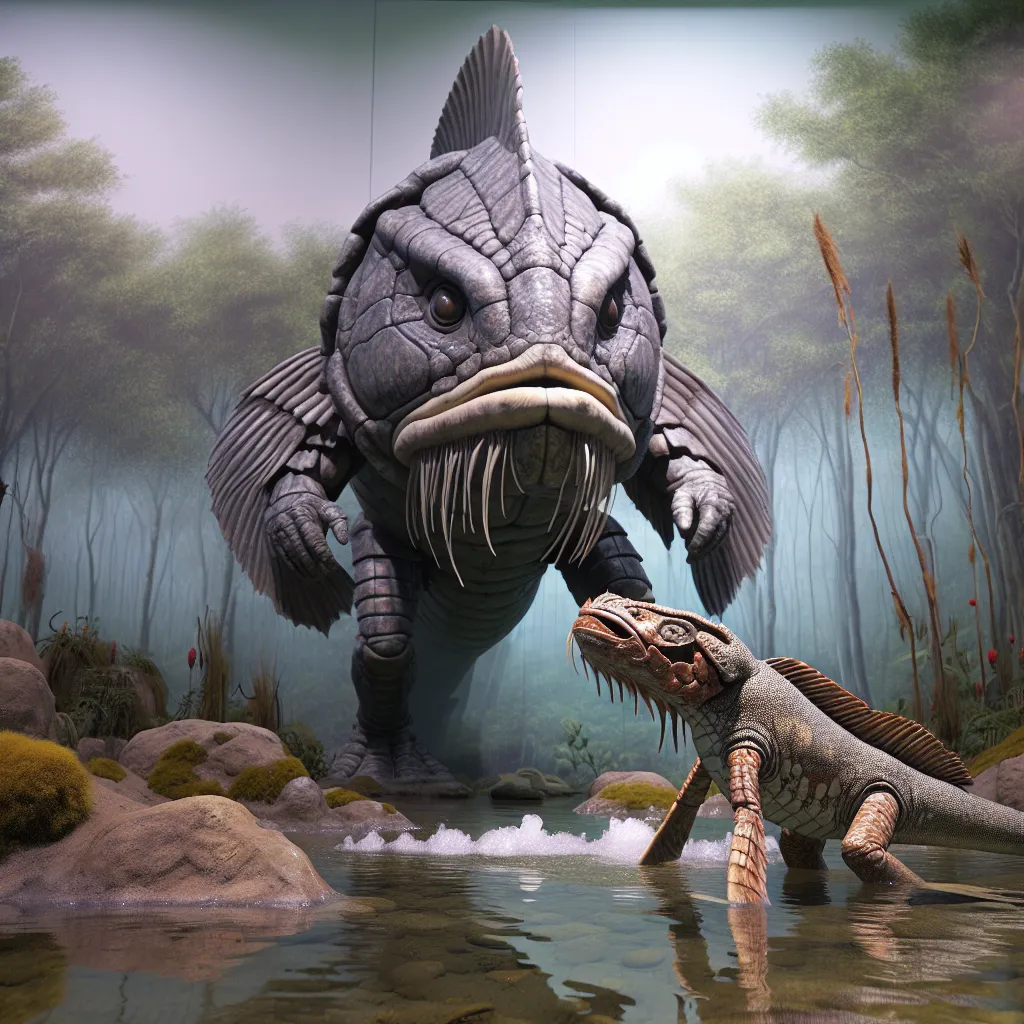Our journey from a single cell to a footlong armored fish took over 3 billion years. The future may look uncertain, but evolution is on our side. Over millions of years and thousands of generations, our bodies adapted to incredible challenges. One of the most fascinating milestones was when our ancestors achieved something no fish had done before—they learned to breathe air.
This evolutionary leap happened when a colossal fish chased our ancestor into stagnant water, forcing it to use a new organ: the lung. Imagine taking a breath and realizing it’s all because of some ancient predator. We, as descendants of this brave ancestor, can see remnants of this transition in occasional spasms that cause hiccups.
About 365 million years ago, our ancestors made a bold move. They stuck their heads out of the water and faced a new world. Behind them lay a swamp; ahead, a paradise. The decision to leave was simple, but the repercussions were immense. They pulled themselves out of the water and changed history.
Life on land came with its own set of challenges. The sun could dry out their skin, and the hard terrain was harsh on their soft bodies. But natural selection helped them adapt. They developed thicker skin to protect against the sun and tough claws to navigate the terrain, which would eventually become our fingernails. The transition wasn’t easy; many perished, but those who adapted thrived.
Though our ancestors had adapted to land, their eggs hadn’t. To prevent eggs from drying out in the sun, a breakthrough occurred—eggs developed tough shells. However, this posed a new problem: males couldn’t fertilize the eggs through these shells. The solution was groundbreaking; fertilization happened inside the female’s body before the shell formed. This is where sex as we know it was born. This method ensured genetic variety and helped our species survive.
Around 340 million years ago, our ancestor Cassin area became the first to live entirely on land. This new world offered fresh challenges—breathing air, supporting their own weight, and dealing with an onslaught of new sensory information. Their brains evolved to be smarter, as survival depended on it.
Millions of species evolved from that first creature to set foot on land, increasing competition for food. A mutation provided some with more powerful jaw muscles, a crucial advantage for consuming food quickly. These powerful jaws led to the rise of Varanops, a formidable predator.
Our ancestor Varanops faced many ups and downs, making our evolutionary journey a rollercoaster ride. From a single cell to human beings, every step was filled with challenges, but each one led us closer to where we are today.






